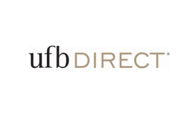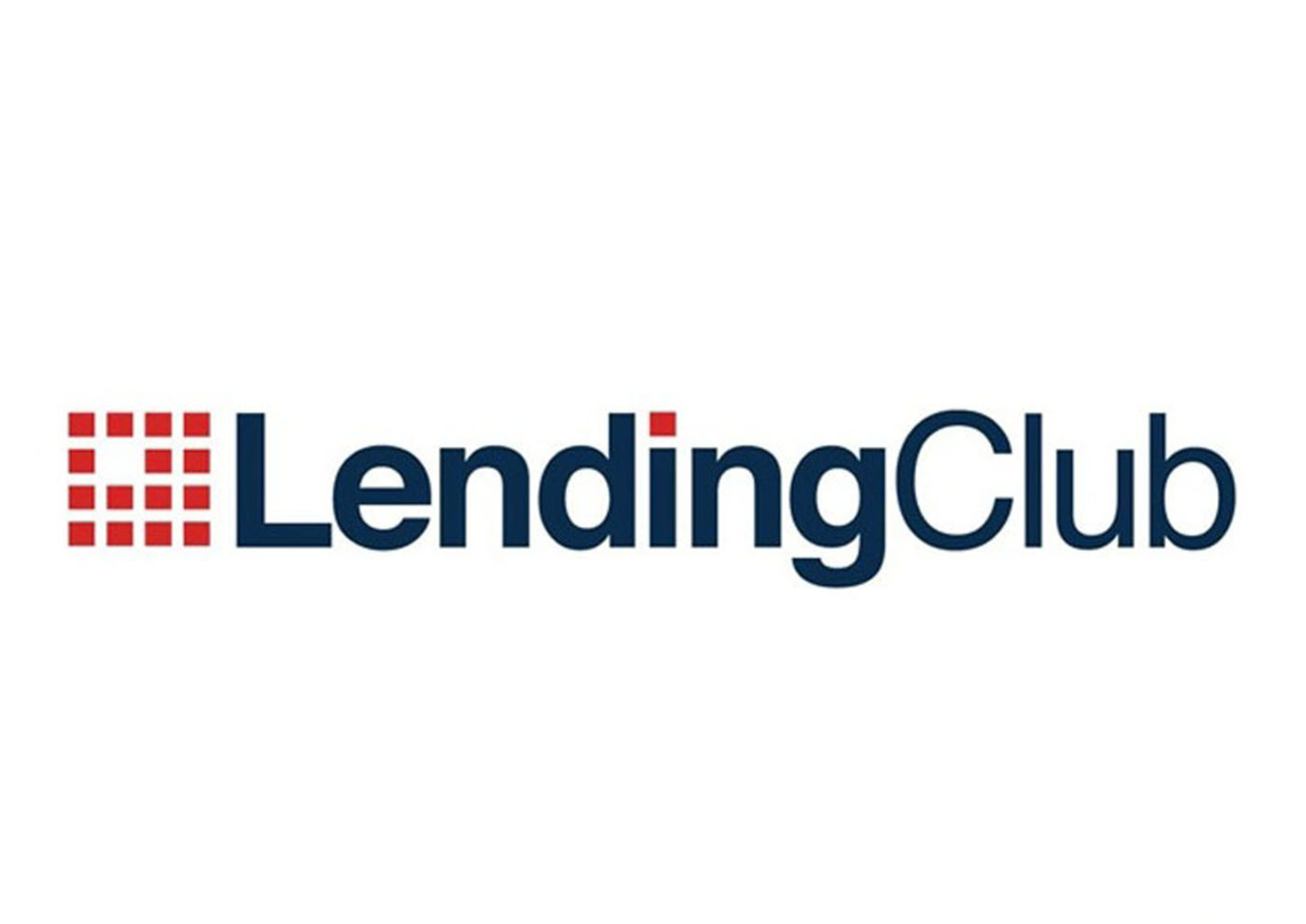Borrowing money comes with some risk and, in many cases, some fees. Before you apply for a loan, you should know what to expect.
Personal loans have been growing in popularity: Nearly 22% of U.S. adults have one, according to credit bureau Experian. People commonly use personal loans to consolidate or refinance debt, but they can also help you finance a home improvement project, pay off your car, take a vacation or cover the costs of a cross-country move.
Just be sure you understand the terms and conditions before you take out a personal loan for the first time, including interest rates, origination fees and early payoff penalties. For instance, personal loans generally can't be used to make a down payment on a home or pay for college tuition.
You also need to know how to apply: Personal loan applications take a little longer than credit card applications because you're required to provide more documentation. Below, CNBC Select offers a step-by-step guide to the process.
How to apply for a personal loan
Step 1: Decide how much you need
The first step in choosing a personal loan is knowing how much you need. The smallest personal loans begin at around $600 (from a lender like credit union PenFed), but you'll more commonly see minimums of around $1,000. Getting a smaller loan can help ensure that you don't borrow more than you can afford to pay back.
PenFed Personal Loans
Annual Percentage Rate (APR)
7.99% to 17.99% APR
Loan purpose
Debt consolidation, home improvement, medical expenses, auto financing and more
Loan amounts
$600 to $50,000
Terms
1 to 5 years
Credit needed
Good/Excellent
Origination fee
None
Early payoff penalty
None
Late fee
$29
If you need less than that, it might be easier to save up extra cash, borrow the money from a friend or family member or put the charge on your credit card. If you have good credit and don't need too much time to pay off your debt, a 0% APR credit card like the Citi Simplicity® Card could make more sense than a personal loan. The Citi Simplicity® Card has a 0% introductory APR for 12 months on purchases from date of account opening and 0% intro APR for 21 months from date of first transfer on balance transfers (then 19.24% - 29.99% variable APR thereafter). Balance transfers must be completed within 4 months of account opening.
Citi Simplicity® Card
Rewards
None
Welcome bonus
None
Annual fee
$0
Intro APR
0% Intro APR for 21 months on balance transfers from date of first transfer and 0% Intro APR for 12 months on purchases from date of account opening.
Regular APR
19.24% - 29.99% variable
Balance transfer fee
There is an intro balance transfer fee of 3% of each transfer (minimum $5) completed within the first 4 months of account opening. After that, your fee will be 5% of each transfer (minimum $5).
Foreign transaction fee
3%
Credit needed
Excellent/Good
See rates and fees. Terms apply. Read our Citi Simplicity® Card review.
Step 2: Prequalify and compare offers
Once you know how much you need, you'll want to do some research and compare the rates and fees of different personal loan providers. An easy way to get started is with CNBC Select's personal loan comparison tool:
This tool is provided and powered by Engine by Moneylion, a search and comparison engine that matches you with third-party lenders. Any information you provide is given directly to Engine by Moneylion and it may use this information in accordance with its own privacy policies and terms of service. By submitting your information, you agree to receive emails from Engine by Moneylion. Select does not control and is not responsible for third party policies or practices, nor does Select have access to any data you provide. Select may receive an affiliate commission from partner offers in the Engine by Moneylion tool. The commission does not influence the selection in order of offers.
When you review a variety of loan offers using the tool above, you can get a better sense of the loans you'll be eligible for, including how much you could borrow, what your interest rate might be and the terms of the loan.
Lenders like LightStream and Happy Money also have prequalification forms on their websites. Select picked LightStream as the best personal loan lender overall because of its low interest rates and flexible terms.
LightStream Personal Loans
Annual Percentage Rate (APR)
7.49% - 25.99%* APR with AutoPay
Loan purpose
Debt consolidation, home improvement, auto financing, medical expenses, and others
Loan amounts
$5,000 to $100,000
Terms
24 to 144 months* dependent on loan purpose
Credit needed
Good
Origination fee
None
Early payoff penalty
None
Late fee
None
Terms apply. *AutoPay discount is only available prior to loan funding. Rates without AutoPay are 0.50% points higher. Excellent credit required for lowest rate. Rates vary by loan purpose.
Submitting an application to prequalify for a loan is usually considered a "soft pull" and doesn't count as a hard inquiry on your credit report so it shouldn't hurt your credit score. Read the fine print to be sure, as most sites explain this upfront.
For a soft inquiry, you'll need to provide the following information:
- Name, date of birth, address and (for most loans) social security/tax ID number
- Annual income (including salary, wages, tips, bonuses and other forms of income)
- Basic financial information (rent/mortgage payment, other major bills)
- Requested loan amount and ideal term length
Review your available offers and pick the one that works best for your timeline and budget.
In general, the better your credit score, the more favorable your loan terms will be, though it is still possible to get a personal loan with bad credit. For instance, Upstart offers some of the easiest personal loans to be approved for because it considers factors beyond just your credit score, including your education, employment and work experience.
Upstart Personal Loans
Annual Percentage Rate (APR)
7.8% - 35.99%
Loan purpose
Debt consolidation, credit card refinancing, wedding, moving or medical
Loan amounts
$1,000 to $50,000
Terms
36 and 60 months
Credit needed
FICO or Vantage score of 600 (but will accept applicants whose credit history is so insufficient they don't have a credit score)
Origination fee
0% to 12% of the target amount
Early payoff penalty
None
Late fee
The greater of 5% of monthly past due amount or $15
Terms apply.
Step 3: Gather documents and submit the application
Once you review your loan options, you'll want to make a decision and submit a full application. Ideally, you do this only once because it's a hard inquiry on your credit report.
The necessary documents will vary according to your lender, but typically you have to have proof of income and monthly expenses. Documents necessary to apply for a personal loan might include:
- Recent paystub(s)
- Checking account statements for past three to six months
- Photo ID
- Proof of address
- Education history (including highest level/degree achieved)
- Other financial information (retirement account statements, outstanding debt, investment assets, etc.)
- Preferred bank account for direct deposit
If you need a co-signer for your loan, they'll also need to provide most of the same documents.
Read over the terms carefully one last time, then submit your documentation.
Step 4: Wait for approval and funding
Approval can happen within the hour after you submit your application, or it could take five to 10 business days.
If your application is approved, you can expect to see the amount of your loan, less any origination fees, in the bank account you listed for direct deposit. If you're taking out a debt consolidation loan, you might choose to have your funds sent directly to the credit card companies to pay off your balances. And if you don't sign up for a direct deposit, or your lender doesn't offer direct deposits, your lender will mail you a paper check.
Once the money lands in your account, expect to make your first payment on the loan within 30 days. Double check to make sure you've signed up for autopay (you might even get an interest rate discount if you do). Add your monthly payment amount to your budget so that you never miss a bill, as on-time payments are important to keep your credit score in good shape. Most personal loan lenders provide repayment terms between six months and seven years.
Catch up on CNBC Select's in-depth coverage of credit cards, banking and money, and follow us on TikTok, Facebook, Instagram and Twitter to stay up to date






